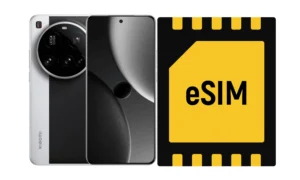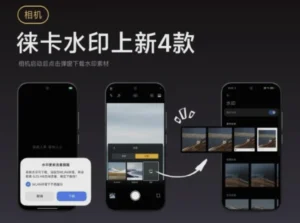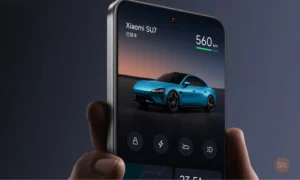Xiaomi’s Millimeter-Precision GPS Revolution
Xiaomi Unveils Millimeter-Precision GPS: Goodbye Standard Location!
Get ready to ditch those frustrating “off by a few meters” navigation woes! Xiaomi, in a move that’s set to totally shake up how we navigate, has just dropped some seriously exciting news. Teaming up with tech giants MediaTek and China Telecom, they’ve announced a game-changing update to RTK (Real-Time Kinematic) positioning technology. This isn’t just an incremental upgrade; we’re talking sub-meter accuracy with split-second response times, all thanks to 5G and some clever chip design. It’s a big deal for everything from self-driving cars to our smart cities.
Why This RTK Update is a Total Game-Changer
So, what’s the big fuss about this new RTK system? Well, it’s all about precision. We’re talking accuracy down to the centimeters in open spaces. Compare that to your standard GPS, which can often be off by 3 to 5 meters – imagine that when you’re trying to find a specific parking spot! This level of accuracy, coupled with lightning-fast responses, relies heavily on the power of 5G for seamless data transmission and super-smooth coordination between your phone’s chips and the software. Honestly, folks are calling this one of the fastest and most accurate public applications of this tech worldwide, and it’s perfect for all those smart city initiatives, autonomous vehicles, and intelligent transport systems we’re seeing pop up.
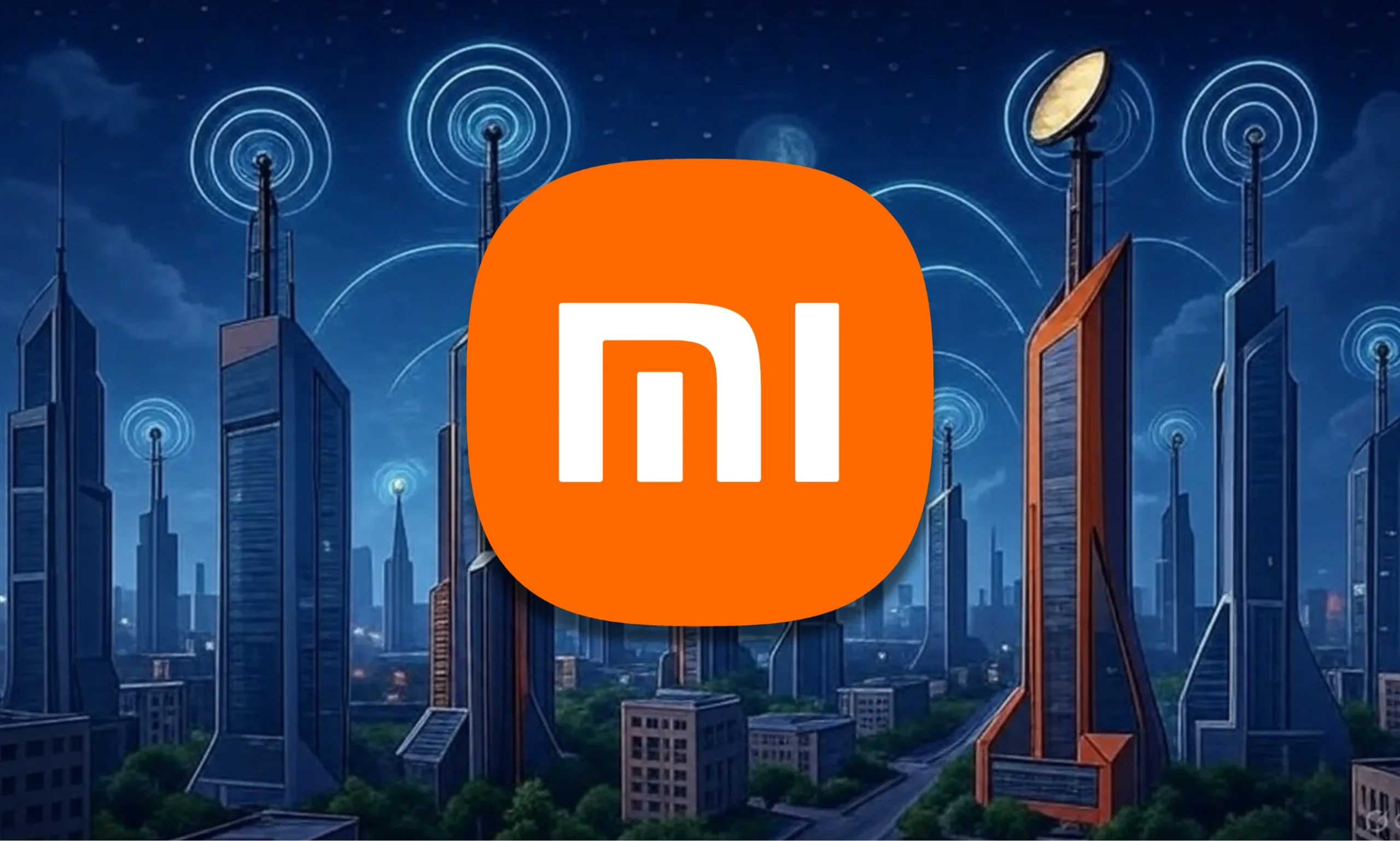
The Power Trio: MediaTek, China Telecom, and Xiaomi
The collaboration between MediaTek, China Telecom, and Xiaomi isn’t just about making things faster; it’s about positioning Xiaomi as a serious player in urban development and connected mobility. Under the umbrella of Xiaomi HyperConnect, this innovation pushes Xiaomi way beyond just smartphones. It’s about weaving together communication, computing, and mobility into a single, cohesive ecosystem. You can already see the buzz on social media platforms like X, with users and tech analysts practically buzzing about how this could finally put an end to those annoying moments when Google Maps sends you down the wrong street.
How RTK Technology Works: From Basic to Revolutionary
Let’s break down RTK, or Real-Time Kinematic. At its core, it’s a fancy type of GNSS (Global Navigation Satellite System) that uses differential carrier phase observations. Think of it like this: it compares signals from a fixed base station with what your mobile receiver is getting. This allows it to calculate incredibly precise positions. Unlike regular GPS, which just takes satellite signals at face value, RTK actively corrects for things like atmospheric interference and slight errors in satellite orbits. That’s how it achieves that centimeter-level accuracy.
This latest upgrade is a masterclass in synergy. MediaTek is bringing its cutting-edge chips that can handle multi-frequency GNSS data, while China Telecom is providing the super-fast 5G network for those instant corrections. And Xiaomi? They’re the glue, ensuring everything integrates seamlessly into their hardware and software, like what we can expect in future HyperOS devices. Early tests are showing that this RTK system can slash horizontal error to less than a meter and get you locked in within seconds. This makes it totally viable for things like drones, industrial robots, and yes, those autonomous vehicles we’ve all been dreaming about.
Here’s a quick look at how this stacks up:
| Feature | Standard GPS | Updated RTK (Xiaomi/MediaTek) |
|---|---|---|
| Accuracy | 3-5 meters | Sub-meter (centimeters) |
| Response Time | Seconds to minutes | Seconds (real-time level) |
| Key Applications | Basic navigation | Smart cities, autonomous driving |
| Dependencies | GNSS satellites only | 5G + Advanced chips + Base corrections |
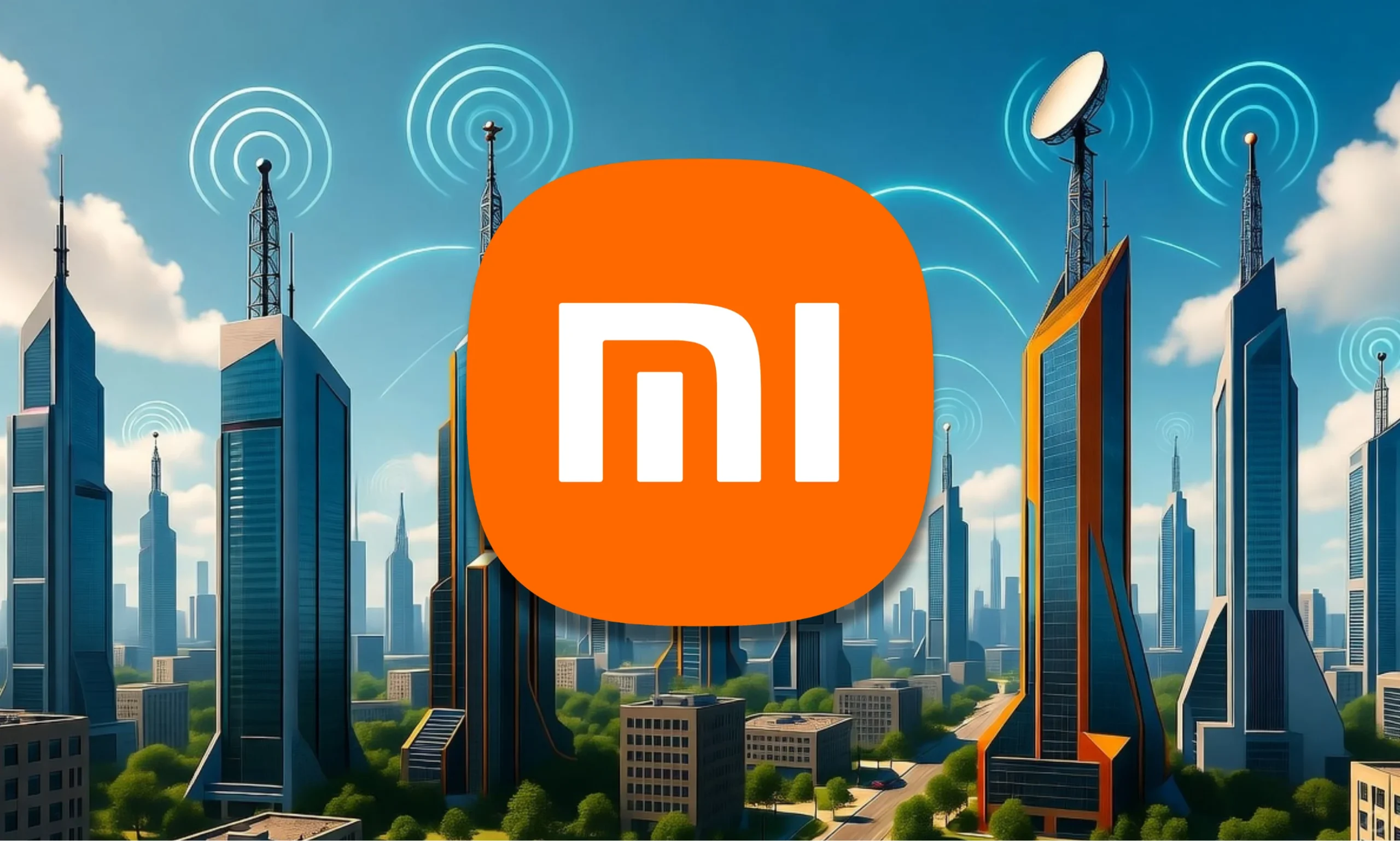
Xiaomi’s Role in This Tech Fusion
Now, Xiaomi isn’t exactly new to the GNSS game. Back in 2018, they made waves with the Mi 8, which was one of the first smartphones to offer raw GNSS data for RTK. They’ve been doing tests since then, even achieving impressive sub-meter accuracy in dynamic positioning. This latest collaboration is all about accelerating the adoption of RTK for IoT devices and mobility solutions through HyperConnect. While they haven’t confirmed it for current smartphones (due to antenna size limitations), there are whispers about potential integration in devices like the next POCO phone or even wearables coming in 2026.
Real-World Benefits and Applications
So, what does this actually mean for us? Let’s look at some of the exciting possibilities:
- Autonomous Mobility: Imagine cars and drones navigating with surgical precision. This means safer journeys, fewer accidents, and routes that are optimized to the max.
- Smart Cities: Think real-time traffic management that actually works, and urban monitoring systems that can boost energy efficiency.
- Industry and Agriculture: Robots and tractors can operate with pinpoint accuracy, leading to more precise harvests and safer construction sites.
Beyond just making things more precise, this tech can contribute to sustainability by cutting down on logistical errors. In our increasingly connected world, where efficiency is key, Xiaomi’s RTK could very well be the technology that finally makes that old, clunky GPS a thing of the past for our everyday apps.
Future Prospects: Towards a Hyper-Connected Ecosystem
This isn’t just about better location tracking; it’s about the convergence of telecommunications, AI, and hardware. Xiaomi’s vision is to expand this into next-generation IoT solutions. We might even see it integrated into chips like the Snapdragon 8 Elite or MediaTek Dimensity 9500 for releases in late 2025. Analysts are predicting that by 2026, we’ll be seeing smartphones with native RTK support, making millimeter precision accessible to everyone.
In a nutshell, Xiaomi’s announcement signals the end of the imprecise GPS era. With RTK, we’re saying goodbye to blurry locations and hello to a hyper-connected, exact world. Are you ready for this revolution? The future of navigation is no longer approximate; it’s absolute.
